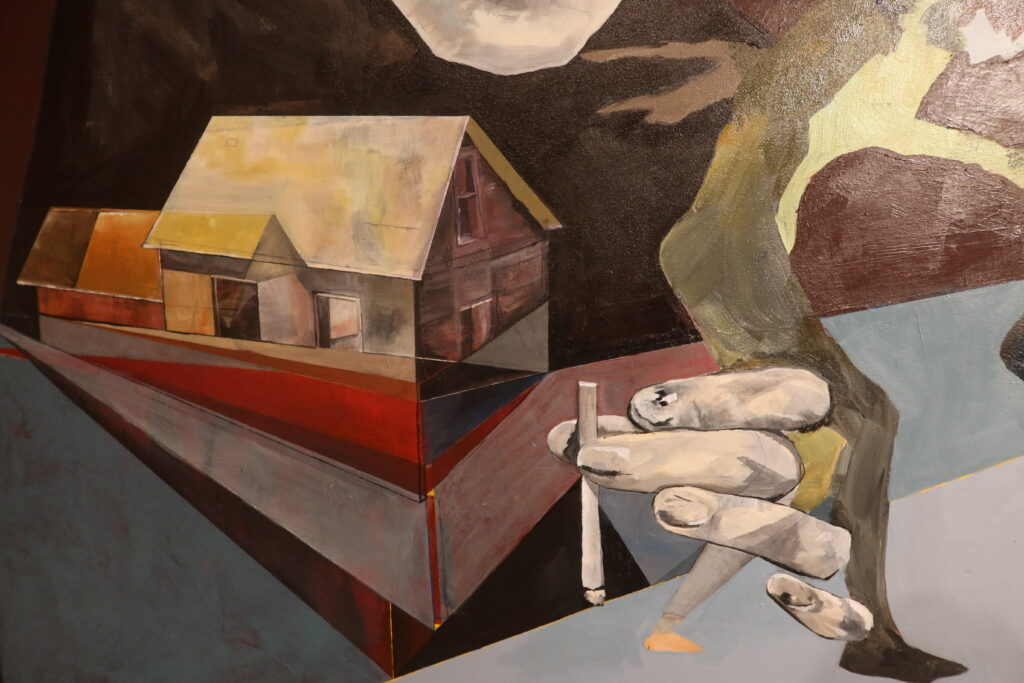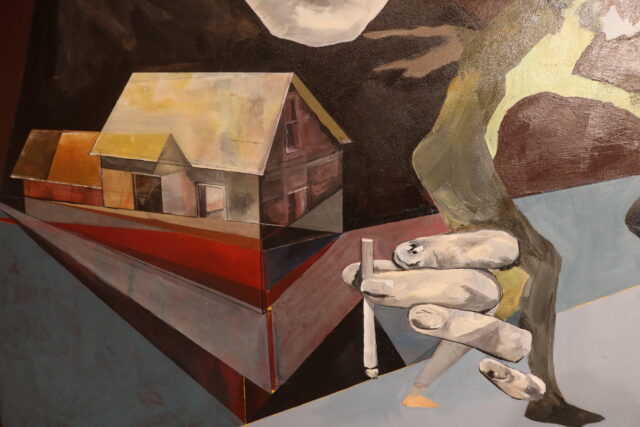I am interested in the humanistic question of why people make art. This is an important question given the current oversaturation of art in the 21st century. I believe that 21st-century artists often rest on the laurels of 19th-century Romantic artists who had powerful rationales for creation, yet our postmodern era demands its own unique rationale for creation, reflecting the complexities and nuances of contemporary life.

To begin my research, I am looking at Isaiah Berlin’s book, The Roots of Romanticism (1999). This work argues that romanticism “is the largest recent movement to transform the lives and the thoughts of the Western World” (p.1). The Romantic period started in Germany during the second third of the eighteenth century (p.6). Berlin argues that between the 1760s and the 1830s, a transformation occurred in European consciousness. Broadly speaking, this shift can be understood as a change in people’s values: “By the 1820s you find an outlook in which the state of mind, the motive, is more important than the effect” (p.10). Berlin illustrates this concept with an example. In the sixteenth century, during the religious wars in Europe, it would have been inconceivable for a Catholic to admire the sincerity and dedication of a Protestant, despite their opposing beliefs. The prevailing mindset was that those who believed in false doctrines were dangerous, and their sincerity only made them more so. There was no admiration for their integrity. The focus was on the truth of one’s own beliefs and the danger posed by the other’s falsehoods. However, by the 1820s, there was a significant shift in perspective. The state of mind, motives, and integrity of a person began to be valued more than the truth of their beliefs. People started to admire purity of heart, dedication, and sincerity, regardless of the actual beliefs held. This marked a change from a focus on objective truth to an appreciation of personal integrity and moral commitment, which gradually became integrated into broader societal values.
Building on this transformation of values, Nicholas Wolterstorff’s Art Rethought: The Social Practices of Art (2015) explores how the Romantic period fundamentally changed the way art was perceived and engaged with. The Romantic era emphasized individual emotion, creativity, and the artist’s inner world, marking a significant departure from previous periods where art was often tied to religious or utilitarian functions. Art began to be appreciated for its own sake, independent of external purposes. Furthermore, the Romantic period saw the rise of the market system, replacing the traditional patronage model and granting artists greater freedom to explore and express their personal visions. The era also contributed to the institutionalization of art, with the development of museums and galleries that created new spaces for the public to engage with art. In this context, Romanticism laid the groundwork for contemporary art by fostering an environment where personal expression and the intrinsic value of art are paramount, shaping our modern understanding and appreciation of artistic creation.The goal of my research is to understand how the Romantic rationale has developed to encompass the contemporary moment, positing that it may not be entirely suitable for our current era.


Hi, Kate. One, your work is fire and I hope to see the finished product. But, I find your research question interesting and am curious to know why you argue that romanticism may not be suitable for the now. I wonder if it is on the basis of “making it,” considering the onset of short-form content has made trends more lucrative than unique creation. Additionally, do you enjoy museums? I actually have so many questions, but I shall rest it there for now. Thanks, Kate.